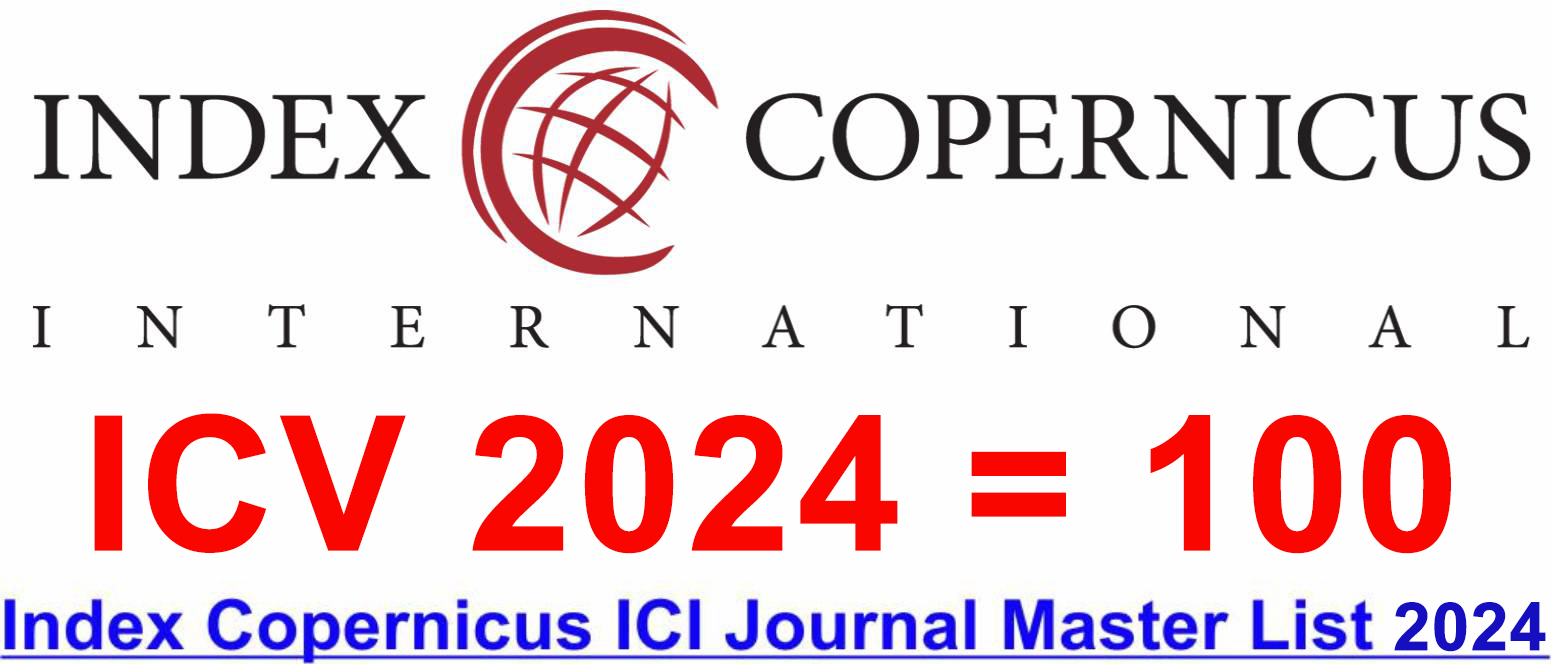Examining the Perspectives of University Students Towards Mobile Advertising and Marketing: A Review
DOI:
https://doi.org/10.46977/apjmt.2023.v03i03.002%20Keywords:
Mobile Advertising, China Unicom, Mobile Marketing, Xiamen UniversityAbstract
This study set out to investigate how students at China's Xiamen University felt about mobile advertising. In addition to determining whether or not college students have a favourable opinion of mobile and SMS advertising, the study seeks to understand the challenges students faced and the concepts they understood from a pedagogical perspective. Using a sampling strategy based on convenience, data were obtained from 98 different pupils. Students' negative attitudes toward mobile advertising and their belief that it diminishes the quality of education are the study's most important findings. The research concluded that China Unicom should start using permission marketing to protect its users from being disturbed and that mobile marketers should better segment their client bases to avoid sending customers communications that are not relevant to them.
Downloads
References
Aemro, W., Haile, S., Yonas, M., & Adino, A. (2020). Assessing the attitude towards mobile marketing among university students. African Journal of Marketing Management, 12(1), 1-10. https://doi.org/10.5897/AJMM2019.0629
Athey, S., & Imbens, G. W. (2022). Design-based analysis in difference-in-differences settings with staggered adoption. Journal of Econometrics, 226(1), 62-79. https://doi.org/10.1016/j.jeconom.2020.10.012
Bahrini, R., & Qaffas, A. A. (2019). Impact of information and communication technology on economic growth: Evidence from developing countries. Economies, 7(1), 21. https://doi.org/10.3390/economies7010021
Bernritter, S. F., Ketelaar, P. E., & Sotgiu, F. (2021). Behaviorally targeted location-based mobile marketing. Journal of the Academy of Marketing Science, 49(4), 677-702. https://doi.org/10.1007/s11747-021-00784-0
Cardinale, R. (2022). State-owned enterprises’ reforms and their implications for the resilience and vulnerability of the Chinese economy: evidence from the banking, energy and telecom sectors. Networks and Spatial Economics, 22(3), 489-514. https://doi.org/10.1007/s11067-021-09540-x
Chen, C. Y. (2020). Smartphone addiction: psychological and social factors predict the use and abuse of a social mobile application. Information, Communication & Society, 23(3), 454-467. https://doi.org/10.1080/1369118X.2018.1518469
Chong, L. L., Ong, H. B., & Tan, S. H. (2021). Acceptability of mobile stock trading application: A study of young investors in Malaysia. Technology in Society, 64, 101497. https://doi.org/10.1016/j.techsoc.2020.101497
Cruz, E., Orts-Escolano, S., Gomez-Donoso, F., Rizo, C., Rangel, J. C., Mora, H., & Cazorla, M. (2019). An augmented reality application for improving shopping experience in large retail stores. Virtual Reality, 23(3), 281-291. https://doi.org/10.1007/s10055-018-0338-3
Demena, B. A., Artavia-Mora, L., Ouedraogo, D., Thiombiano, B. A., & Wagner, N. (2020). A systematic review of mobile phone interventions (SMS/IVR/calls) to improve adherence and retention to antiretroviral treatment in low-and middle-income countries. AIDS Patient Care and STDs, 34(2), 59-71. https://doi.org/10.1089/apc.2019.0181
Elhoseny, M., & Shankar, K. (2019). Reliable data transmission model for mobile ad hoc network using signcryption technique. IEEE Transactions on Reliability, 69(3), 1077-1086. https://doi.org/10.1109/TR.2019.2915800
Eze, S. C., Awa, H. O., Chinedu-Eze, V. C., & Bello, A. O. (2021). Demographic determinants of mobile marketing technology adoption by small and medium enterprises (SMEs) in Ekiti State, Nigeria. Humanities and Social Sciences Communications, 8(1), 1-11. https://doi.org/10.1057/s41599-021-00762-5
Foltean, F. S., Trif, S. M., & Tuleu, D. L. (2019). Customer relationship management capabilities and social media technology use: Consequences on firm performance. Journal of Business Research, 104, 563-575. https://doi.org/10.1016/j.jbusres.2018.10.047
Gao, X. (2018). Effective Strategies to Catch Up in the Era of Globalization: Experiences of Local Chinese Telecom Equipment Firms Chinese telecom equipment firms illustrate successful models for local firms in emerging economies to catch up to and compete with multinationals. Research-Technology Management, 61(3), 19-26. https://doi.org/10.1080/08956308.2018.1438004
Gill, R. K., Ogilvie, G., Norman, W. V., Fitzsimmons, B., Maher, C., & Renner, R. (2019). Feasibility and acceptability of a mobile technology intervention to support postabortion care (The FACTS Study Phase II) after surgical abortion: user-centered design. JMIR Human Factors, 6(4), e14558. https://doi.org/10.2196/14558
Godin, S. (1999). Permission Marketing: Turning Strangers into Friends and Friends into Customers. Simon and Schuster.
Haftu, G. G. (2019). Information communications technology and economic growth in Sub-Saharan Africa: A panel data approach. Telecommunications Policy, 43(1), 88-99. https://doi.org/10.1016/j.telpol.2018.03.010
Huang, L., Mou, J., See-To, E. W., & Kim, J. (2019). Consumer perceived value preferences for mobile marketing in China: A mixed method approach. Journal of Retailing and Consumer Services, 48, 70-86. https://doi.org/10.1016/j.jretconser.2019.02.007
Jan, M. T., de Jager, J. W., Ameziane, A. M., & Sultan, N. (2019). Applying technology acceptance model to investigate the use of smartphone advertising in Malaysia. Journal of Economics and Behavioral Studies, 11(1 (J)), 202-210. https://doi.org/10.22610/jebs.v11i1(J).2760
Jo, D., & Kim, G. J. (2019). IoT+ AR: pervasive and augmented environments for “Digi-log” shopping experience. Human-centric Computing and Information Sciences, 9(1), 1-17. https://doi.org/10.1186/s13673-018-0162-5
Kapinga, A. F., Suero Montero, C., & Mbise, E. R. (2019). Mobile marketing application for entrepreneurship development: Codesign with women entrepreneurs in Iringa, Tanzania. The Electronic Journal of Information Systems in Developing Countries, 85(2), e12073. https://doi.org/10.1002/isd2.12073
Martins, J., Costa, C., Oliveira, T., Gonçalves, R., & Branco, F. (2019). How smartphone advertising influences consumers' purchase intention. Journal of Business Research, 94, 378-387. https://doi.org/10.1016/j.jbusres.2017.12.047
Monaghan, S., Tippmann, E., & Coviello, N. (2020). Born digitals: Thoughts on their internationalization and a research agenda. Journal of International Business Studies, 51(1), 11-22. https://doi.org/10.1057/s41267-019-00290-0
Morariu, C., Morariu, O., Răileanu, S., & Borangiu, T. (2020). Machine learning for predictive scheduling and resource allocation in large scale manufacturing systems. Computers in Industry, 120, 103244. https://doi.org/10.1016/j.compind.2020.103244
Müller, J. M., Pommeranz, B., Weisser, J., & Voigt, K. I. (2018). Digital, Social Media, and Mobile Marketing in industrial buying: Still in need of customer segmentation? Empirical evidence from Poland and Germany. Industrial Marketing Management, 73, 70-83. https://doi.org/10.1016/j.indmarman.2018.01.033
Nasution, R. A., Arnita, D., & Aghniadi. (2021). The acceptance of mobile advertising: a social or personal matter? International Journal of Internet Marketing and Advertising, 15(1), 84-103. https://doi.org/10.1504/IJIMA.2021.112789
Porter, G., Hampshire, K., Abane, A., Munthali, A., Robson, E., De Lannoy, A., ... & Owusu, S. (2020). Mobile phones, gender, and female empowerment in sub-Saharan Africa: Studies with African youth. Information Technology for Development, 26(1), 180-193. https://doi.org/10.1080/02681102.2019.1622500
Saprikis, V., Avlogiaris, G., & Katarachia, A. (2020). Determinants of the intention to adopt mobile augmented reality apps in shopping malls among university students. Journal of Theoretical and Applied Electronic Commerce Research, 16(3), 491-512. https://doi.org/10.3390/jtaer16030030
Sharma, A., Pathak, V. K., & Siddiqui, M. Q. (2021). Antecedents of mobile advertising value: a precedence analysis using the hybrid RIDIT-GRA approach. Journal of Indian Business Research, 14(2), 108-124. https://doi.org/10.1108/JIBR-02-2021-0057
Sharma, S., & Goyal, D. P. (2019). Mobile marketing adoption intention by startup companies in India: a technological-organisational-environmental framework-based approach. International Journal of Indian Culture and Business Management, 18(4), 458-474. https://doi.org/10.1504/IJICBM.2019.100311
Siraj, H., Syed, A. R., & Sultan, M. F. (2021). SMS Advertising & its Impact on Consumer Purchase Intention: A Comparative Study of Adults and Young Consumers in Pakistan. Journal of Marketing Strategies, 3(2), 1-22. https://doi.org/10.52633/jms.v3i2.69
Siriwardhana, Y., Porambage, P., Liyanage, M., & Ylianttila, M. (2021). A survey on mobile augmented reality with 5G mobile edge computing: architectures, applications, and technical aspects. IEEE Communications Surveys & Tutorials, 23(2), 1160-1192. https://doi.org/10.1109/COMST.2021.3061981
Soumelidou, A., & Tsohou, A. (2021). Towards the creation of a profile of the information privacy aware user through a systematic literature review of information privacy awareness. Telematics and Informatics, 61, 101592. https://doi.org/10.1016/j.tele.2021.101592
Sun, H., Chen, Y., Lai, J., Wang, Y., & Liu, X. (2021). Identifying tourists and locals by K-means clustering method from mobile phone signaling data. Journal of Transportation Engineering, Part A: Systems, 147(10), 04021070. https://doi.org/10.1061/JTEPBS.0000580
Tan, G. W. H., Lee, V. H., Hew, J. J., Ooi, K. B., & Wong, L. W. (2018). The interactive mobile social media advertising: an imminent approach to advertise tourism products and services? Telematics and Informatics, 35(8), 2270-2288. https://doi.org/10.1016/j.tele.2018.09.005
Tong, S., Luo, X., & Xu, B. (2020). Personalized mobile marketing strategies. Journal of the Academy of Marketing Science, 48(1), 64-78. https://doi.org/10.1007/s11747-019-00693-3
Tong, S., Luo, X., & Xu, B. (2020). Personalized mobile marketing strategies. Journal of the
Toubes, D. R., Araújo Vila, N., & Fraiz Brea, J. A. (2021). Changes in consumption patterns and tourist promotion after the COVID-19 pandemic. Journal of Theoretical and Applied Electronic Commerce Research, 16(5), 1332-1352. https://doi.org/10.3390/jtaer16050075
Volkmer, S. A., & Lermer, E. (2019). Unhappy and addicted to your phone?–Higher mobile phone use is associated with lower well-being. Computers in Human Behavior, 93, 210-218. https://doi.org/10.1016/j.chb.2018.12.015
Wu, P. F., Vitak, J., & Zimmer, M. T. (2020). A contextual approach to information privacy research. Journal of the Association for Information Science and Technology, 71(4), 485-490. https://doi.org/10.1002/asi.24232
Published
How to Cite
Issue
Section
Copyright (c) 2023 Asia-Pacific Journal of Management and Technology (AJMT)

This work is licensed under a Creative Commons Attribution-NonCommercial 4.0 International License.
















